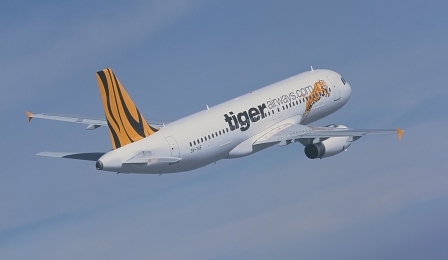
Tiger-SEAir deal gets the jitters from competitors' recent tie-up
And SEAir's losses may spike to S$50m.
According to CIMB, the Philippines has been a tough market and will remain very much so in the coming years. SEAir's strategies for turning around its operations include 1) expanding its ticket distribution network; 2) improving branding; 3) increasing its scale; and 4) improving its route network in Philippines.
CIMB expects SEAir to turn in losses of S$50m for FY13 and S$20m-25m for FY14 and FY15, though it could raise ita loss estimates, depending on further developments in the Philippine market.
Here's more:
The recent tie-up between AirAsia Philippines and Zest Air could throw a spanner in Tiger’s plans for SEAir. To recap, AirAsia Philippines has agreed to acquire a 49% stake in Zest Airways. Combined, AirAsia Philippines and Zest Air would have a fleet of 13 A320s – two at AirAsia Philippines and 11 at Zest Air. This is more than double SEAir’s fleet size of five.
In addition, this essentially gives AirAsia Philippines access to Zest Airways’s precious slots at the congested Manila International Airport. Prior to this, AirAsia Philippines is based out of Manila Clark, where there is limited demand for domestic flights due to its distance from Metro Manila. AirAsia Philippines's ability to secure slots in Manila will certainly put it in a better position to serve the domestic Philippine market.
























 Advertise
Advertise






